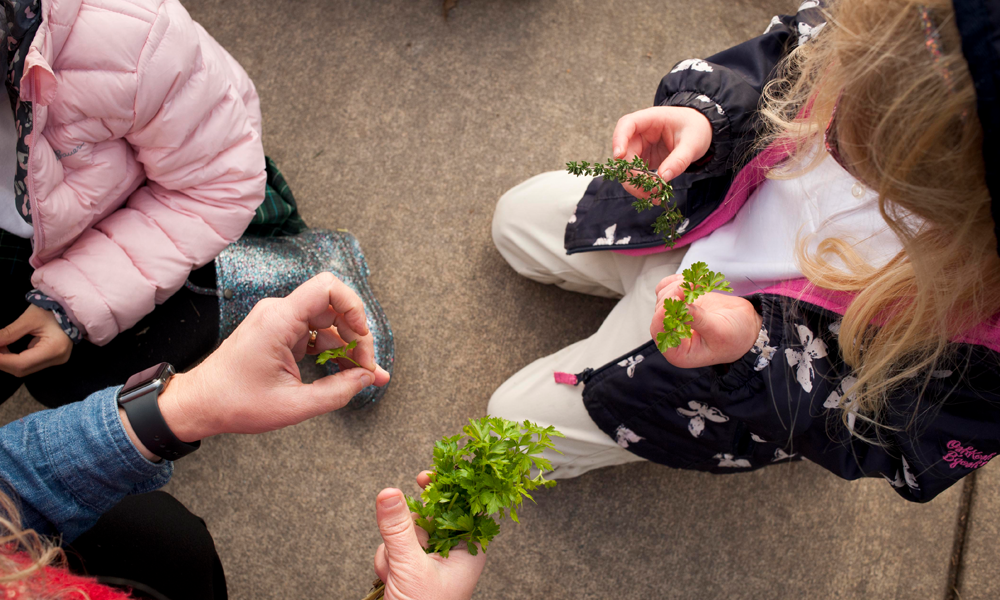Supporting Tarriers of All Ages
A longtime CWA learning specialist shares insights on how student and family support has evolved
by Mary Cole, Lower School Learning Specialist
 I’m excited to be in my 20th year as the Lower School learning specialist at Charles Wright Academy. Having the wonderful opportunity to teach at a preschool–12th-grade school has been the unexpected highlight of my teaching career, and it’s helped me develop meaningful and lasting lifelong relationships within our school-wide community.
I’m excited to be in my 20th year as the Lower School learning specialist at Charles Wright Academy. Having the wonderful opportunity to teach at a preschool–12th-grade school has been the unexpected highlight of my teaching career, and it’s helped me develop meaningful and lasting lifelong relationships within our school-wide community.
Student support has evolved and improved over the past 20 years. We’ve learned so much more about neuroscience and about the positive effects of active, play-based learning. We’ve intentionally leaned into the research about how kids learn, and we’ve incorporated this new knowledge into our school practices. We are better able to support student learning with advancements in technology. As we’ve learned more about technology, we have incorporated these skills into our curriculum—and our students are better collaborators and innovators.
Although student support has changed over time, we continue to focus on our values of compassion and respect for each child’s individual needs.
Our partnership with families has strengthened naturally as we learned how to navigate dual platforms school-wide and leaned into remote learning. Advances in technology allowed us to do this effectively while also improving our connection and communication skills with students and families. We’ve learned that our parent and family education programs improved when families could attend school events virtually. It is exciting to see an entire family–including grandparents–have the opportunity to attend a child’s parent conference. Earlier this year I was in a parent conference, and a father who is deployed in Poland was able to celebrate their child’s success in our conference with us. I am thankful for these opportunities to partner with families.
The definition of student support has changed over time. We know that families suddenly became their child’s academic teachers, and many parents and guardians acknowledge that it is not easy work to teach your own child at home. Two years into a global pandemic, we are still learning about ways we can work together to best support our students. We are seeing more students who did not have the opportunity to attend school in person during their preschool and kindergarten years. Many of these students are now trying to navigate their elementary school experience for the first time, and the social and academic learning curve is high. I am impressed with the teachers’, students’, and families’ resilience as they embrace their vulnerability—and their perseverance shines through when they take on new learning.
We are still trying to understand how the pandemic impacts child development in schools. We achieved great things last year when we were able to stay in person for the majority of the year while many of the schools in our local area and in our nation were remote. With the great support of our remarkable leadership teams and our dedicated teachers and families, we were able to share our experiences and resources with our community. I’m also impressed with all of the developmental organizations who were willing to gracefully share their knowledge with our community so that we could do our best work to support children and their families. Our student support communication has improved with weekly collaboration meetings with our school leaders, learning specialists, counselor, and admissions teams. I am honored for the important and dedicated partnership we have with our families at Charles Wright.

